How to import from China? China is a haven for budding new businesses around the world these days. The economic policy of the country has been developed to encourage exports and this has worked out in a win-win scenario for all stakeholders involved in the trading process. The sheer size of the human resources in China coupled with their government’s push to welcome global importers has been
phenomenal. Global businesses find products of the same quality at unbelievably low prices in the Chinese local markets. The difference has been so stark that several local companies have run out of business or succumbed to the Chinese influence in their local markets. Therefore, it’s obvious that this policy not only works but it also supports the global trade in a way never before seen. In this article, we go over the step by step procedure for importing merchandise from China in your country should you decide to test your entrepreneurial acumen.

Know your product – Do your “home” work first
Step 1: Know your product – Do your “home” work first
The first step in your business is not related to China in any way. First and foremost, you need to know whether you are going for a product that can be sold in your market. You should conduct extensive research to check this in your niche market and find out whether your product will be able to penetrate the market first.
Once you have established a demand or a gap in demand, your next step is to search for local supplier options. You should look for all the variations of the product. Ask yourself a few questions here. Can I do anything new with this product? Is there any way this product has never been marketed before? Things like these would give you general insights into your business
plans and also shed light on any future issues that may arise as an inevitability.
Looking for the suppliers in your local market would also equip you with some much-needed solid information and you would be better placed to deal with the Chinese suppliers in case your You should do a thorough product price analysis and know your numbers when it comes to profit margins and related feasibility metrics. Once you are absolutely sure about the product’s prices and their competitiveness in the local market, you move on the next step.

find your product
Step 2: Find your product
Your next step would be start searching for a suitable Chinese supplier of your product. You already well equipped with the fundamentals of the trade and you’re now ready and much better placed to deal with Chinese suppliers. You should spend a decent amount of time searching for a supplier. If this means a month-long trip across China, then you should definitely go for it. The travel will pay for itself and all future trips once you discover new markets in an endless supply of the same product range. A surprise may await you here though!
A very good initial step in this regard is to look for local offices of the Chinese Suppliers in your country. For example, if you are in the United States, the Chinese companies will have their representative offices in all the major urban centers like New York, Miami, Washington or Los Angeles. Its better to pay them a visit and check out their catalogues. Insist on speaking to the home office back in China. Your primary objective is to make contact with your potential supplier, not just their salesperson who’s there to earn some meagre commission. You could make a variety of legitimate reasons like explaining some technical specifications to the supplier or just wanting to visit and see the source of your product.
With the advent of technology, Google may now be your best friend as well. Online marketplaces like AliBaba and Amazon have now brought the world to your fingertips. You can research your heart out over these and several related platforms online to find the most up to date information about your product and you may also stumble upon some excellent opportunities which
you didn’t even know existed.
Such is the influx of information these days that opportunities come and go in a flash. Take your time before making the final call. Consider as many options as you need. Also, try to look for a reliable supplier. You would be surprised at the business tactics. A reliable supplier will sell you the same product for the same price for ages. However, negotiating to extremely lowest price means you may have to renegotiate terms for the next consignment or find a new supplier altogether. This could have dire consequence on your budding business and is an easily avoidable if you consider the next step which many up-and-coming entrepreneurs don’t consider all that important.

Establish a relationship with your supplier
Step 3: Establish a relationship with your supplier
The Chinese businessmen might be some of the shrewdest people you will ever meet in your life. However, you will find out that save some unavoidable bad cookies, they are in general people of strong business ethics. They will try their best to find out the product you need and negotiate again and again until you are able to reach an agreement. However, if a supplier says no, it would be easier for you to move a mountain than to change their decision. So, be very careful when you are testing the waters.
The Chinese are generally favorable to promising business opportunities but they are an extremely straightforward people with a rich cultural heritage. Be mindful of the family first culture and do not be condescending as this can throw a reasonably good deal into disarray. You should accept invites to dinners. Say yes to tea! Build a rapport so that they are happy to welcome you in person the next time. However, all that said, business should be your main priority.
You should do a thorough product price analysis across suppliers and know your numbers when it comes to profit margins and related feasibility metrics. Once you are absolutely sure about the product’s prices and their standing in the local Chinese market, the only thing left to do is shake hands and make a deal.
A very important idea here is to establish mutual trust between the supplier and yourself. You want your supplier to take care of your merchandise. You want to work together again in the future. You want to continue working together for a long time as well. You need to show this trust and demonstrate it in your dealings. International trade has a very simple but critical rule: its based on trust. A sincere business relationship may last for generations and that’s exactly what you want.
Congratulations, you are now ready to become a successful international trader, but wait? Can you import the product to your intended market? Are their any laws or tariffs you did not consider? That brings us to the next step in your journey to import products from China.
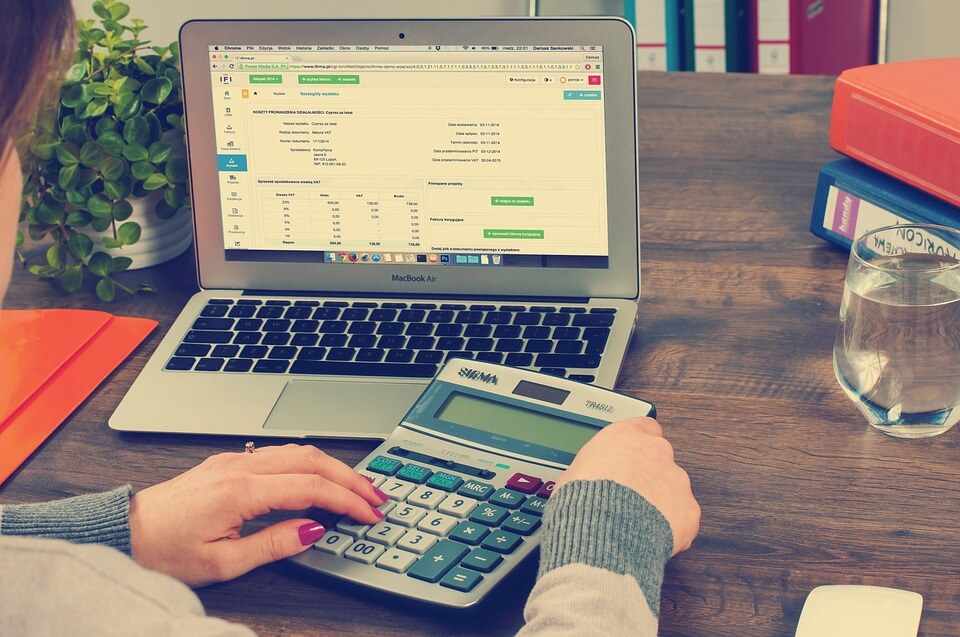
Discover your target market laws, policies and tariffs
Step 4: Discover your target market laws, policies and tariffs
The prices and quotations from your new friends in China would seem extremely attractive at first. They may appear ridiculous as well. However, it may dawn on you later that the price in China doesn’t necessarily
equate to the price in your home city like Texas for example. You considered
the shipment costs and they didn’t seem to add much of the overhead but we’ll
come to that later. For some products, the main cost turns out to be the tariffs imposed by the importing country.
Tariff is a tax or import duty imposed by the importing country’s government on the imported good. For some developing countries like Pakistan and India, the cost of importing costly goods like cars and electronics can add a lot to their import bills. Therefore, the best option for the government is to impose a tariff so that the cost of this good is higher and that will discourage imports. The government also earns a lot in lieu of these payments and uses these funds towards the development of the country. Therefore, it is absolutely critical for you to research the tariffs beforehand and do a cost benefit analysis to see whether turning a profit is even a possibility in case of a heavy import duty for your product.
Another important consideration is the law of the importing country. Some specific products are banned in some countries. Alcohol is the best example for this point. Import of Alcohol is outright banned in some muslim countries and trading is also discouraged in other muslim countries where its allowed. However, tough situations can give rise to opportune moments as well
and the same product may cultivate a niche market so that the limited customers are willing to pay a premium on the product for the convenience. Using the same example as above, an alcohol consumer in Malaysia would happily pay more than double for the same imported German beer which costs less than half its retail price in the home country. International trade presents several such situations which appear to be conundrums when they are actually just opportunities in disguise.
You may also want to check with the local authorities in your country if you would require any special permit for importing items from China. While China has good trade relations with almost all countries in the world, the recent US-China trade talks and the stalemate is ample evidence that anything can happen in today’s dynamic geopolitical landscape. However, trade policies are generally well-devised and with proper systems in place, it would just be a matter of sooner rather than later. Your home country will have specific procedures in place for you to follow. Just acquire the information and go to the relevant authorities’ office and follow the guidelines. This can be simple but time consuming so its always a good idea to start early and intertwine this step with Step 2. Simultaneous action on both fronts will not only save time but expedite your entrepreneurial venture.
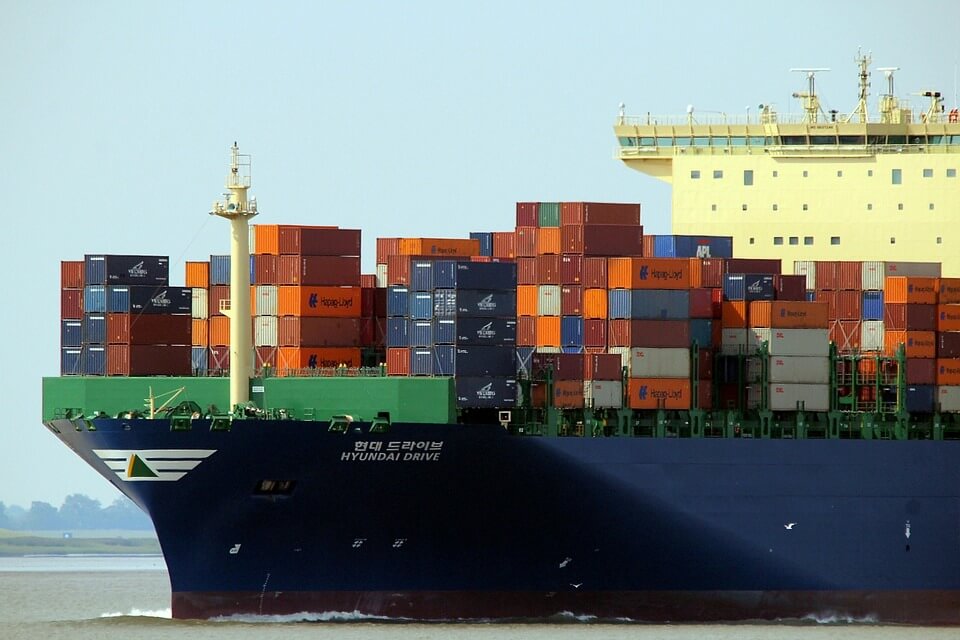
Shipping your cargo – Freight Forwarding and Shipping
Step 5: Shipping your cargo – Freight Forwarding and Shipping
You’ve done all the hard work so far but we’re not done yet. You now need to move your shipment back to your country and for that you will need a reliable and trustworthy freight quote. You could save a lot of time here by paying for one shot services of a shipping company. They will cover the various fees that would otherwise be very difficult to keep track of. Furthermore, there are several hidden bottlenecks which can be a nightmare. To avoid that, our best advice is to employ the services of an experienced and reliable freight forwarding company which has good reviews.
A very important consideration is the time sensitivity and the nature of your product. You have the option of sea freight and air freight. Courier services are also available but those can get very expensive, very quickly. Sea Freight is your best bet for non-perishable and bulky items. The competitiveness of the global shipping industry works in your favor here and you actually get reasonably good rates. In addition to this, your supplier may also arrange for a discount with their trusted freight forwarding agents. Either way, doing a little bit of homework in this area can save you a good deal of money.
The other thing was the nature of your product. You can’t expect to transport some perishable items by sea. In case of any mishap or even a few days of delay, you risk losing your whole shipment. Air Cargo is a better alternative which can seem expensive but it might be a much better option for business.
Finally, once your shipment has left the Chinese shores, the only thing you can do is wait for it to arrive at the destination. However, you should be tracking your shipments like a hawk as sometimes they can arrive days in advance. You shouldn’t lose the opportunity to save a few days when you could be on top of it. If your shipment is considerably late, you could negotiate a discounted rate for your next shipment. In summary, its always a good idea to keep a track of where your products are at any given point of time.

Customs – Clearing your shipment
Step 6: Customs – Clearing your shipment
Once your vessel has arrived, you have to get it checked by the local customs department and get the shipment cleared. You could do this step yourself and save some money. However, we recommend employing the services of a customs broker so the entire process goes smoothly. Customs staff in some countries are notorious for their delaying tactics and bribery is rampant since there are often discrepancies in the declared value of goods. It is here that you may have to pay the tariff or the import duties as required by law. Your shipment is then cleared to move out of the port and you head to the penultimate step of transporting the goods to your local warehouse.
If you used express services from couriers, this hassle is avoided and you will receive the products in the comfort of your home or office. The customs process can get very complicated the first time and its best to observe and let professionals handle it the first few times. Once you get a gist of it, you can try to do it yourself. Always make a checklist and make sure you don’t step over any toes and don’t miss any steps yourself.

Branding discussing
Step 7: Labelling, Branding and Compliance Certifications
This step is included for the sake of completion since it has recently started becoming a major issue worldwide. Chinese suppliers didn’t mind if their customers didn’t put a “Made in China” label on the products. Some suppliers actually charged the customer to waive that right. However, it is now required for most products to display this label and non-compliance can result in hefty lawsuits.
An additional point of deliberation is the rebranding of the product. Make sure you have secured the rights to rebrand and resell the product as your own. An increasing number of countries now require compliance certifications from international organizations like ISO to allow sales in the local markets. For most products, this is fulfilled by the supplier but it is worthwhile to note that such a simple matter can become very complication, very quickly when big money is involved. So, make sure you are safe and get the services of a good corporate lawyer to advise you on these matters.
A final note in this section would be about the difference between the “made” and “assembled” labels. The assembled label shows that the constituent parts have a different country of origin and they were merely put together in the host country. It could be thought of as a marketing gimmick but it’s a legal way to avoid possible future ramifications.
Conclusion
We hope this guide has been beneficial for you and the points raised here provided some welcome insight into the process of importing goods from China. The steps have been simplified and they do not substitute the legal advice of a lawyer or an accountant. You should do your due diligence before kickstarting any business but we hope this guide empowered you to make the decision to go for entrepreneurship rather than scaring you off into abandoning your promising business plans. China is a world center for trade right now and we are happy you’re considering starting your business.
Let us know how we can help you improve your business or connect you with the professionals that can complement your business to help it reach new heights.









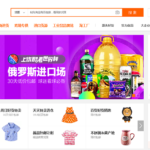



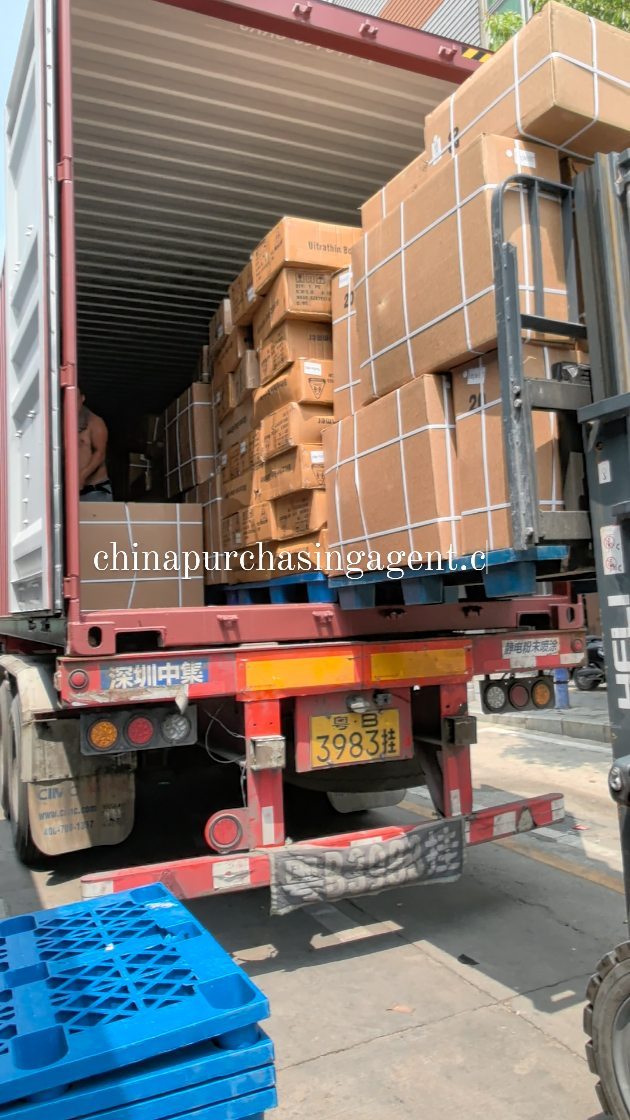
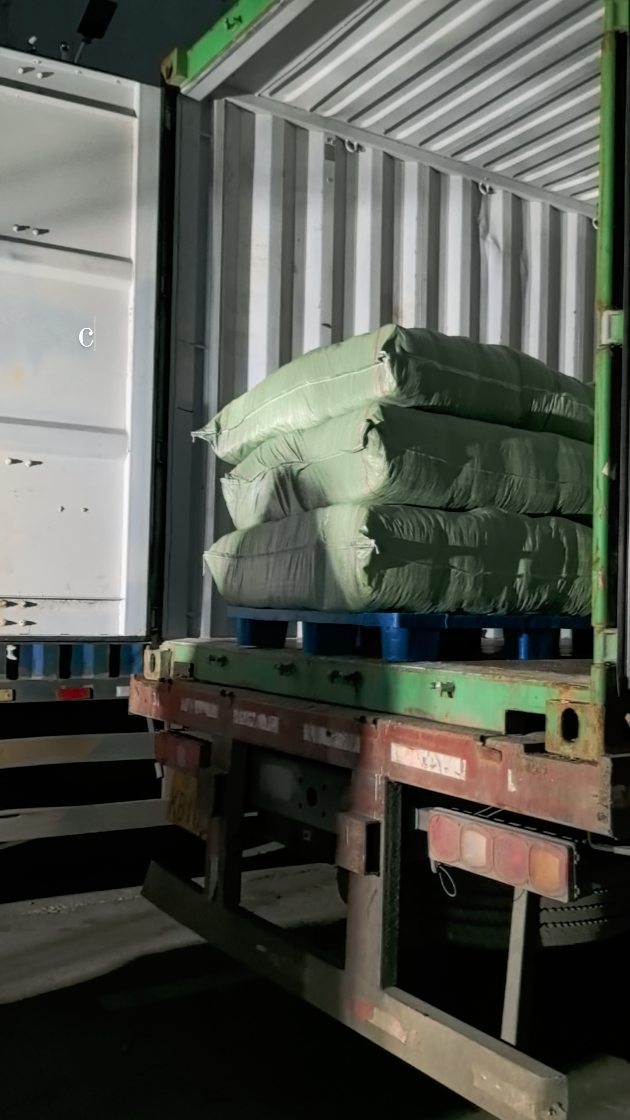
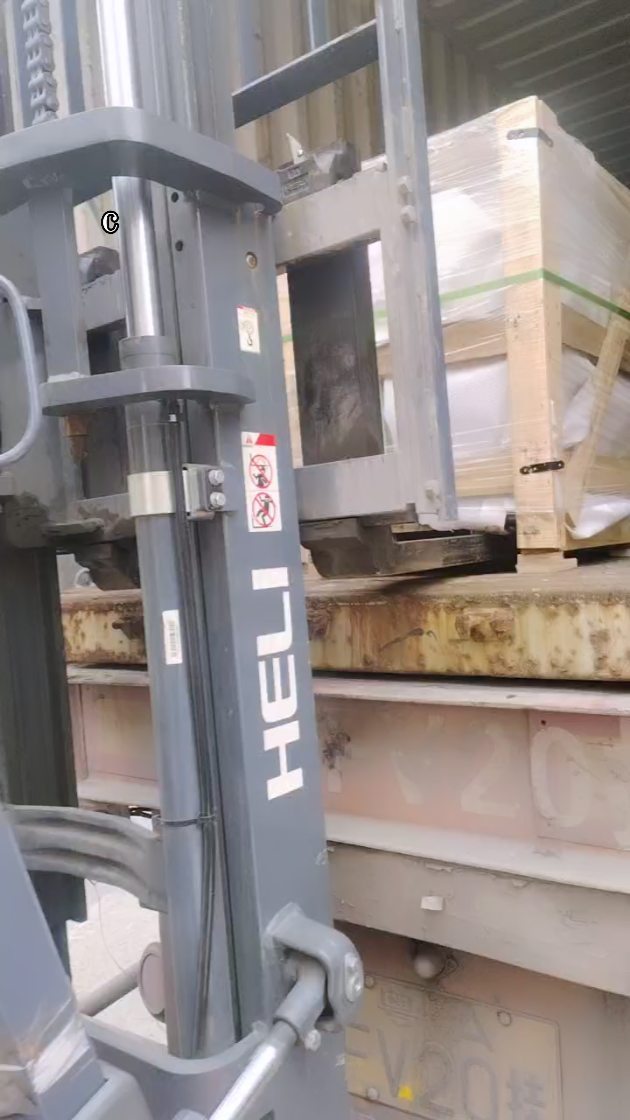
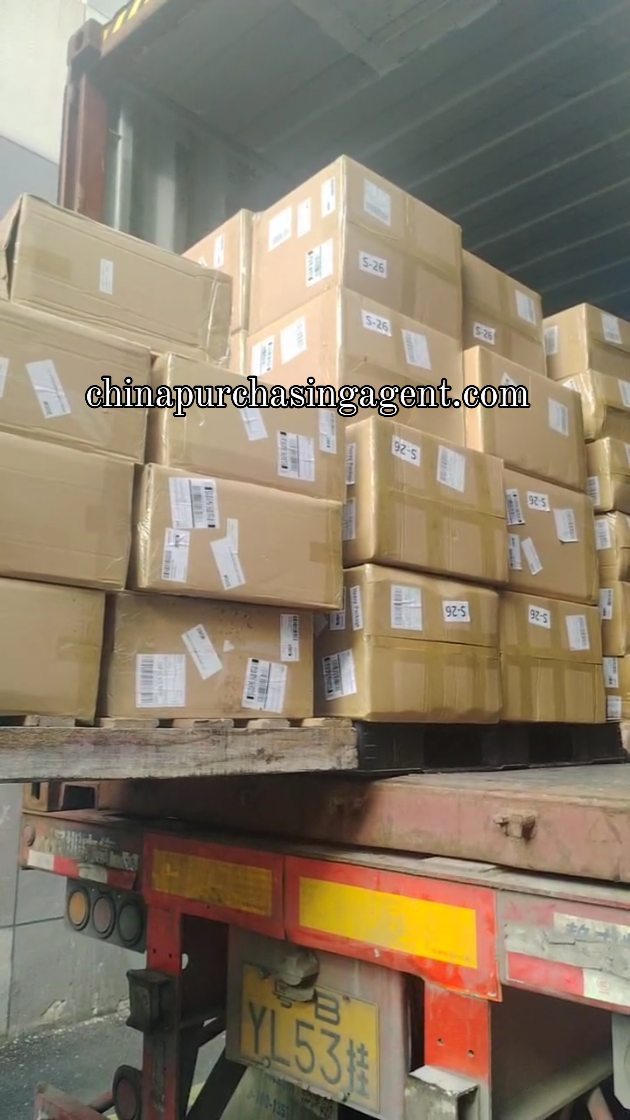
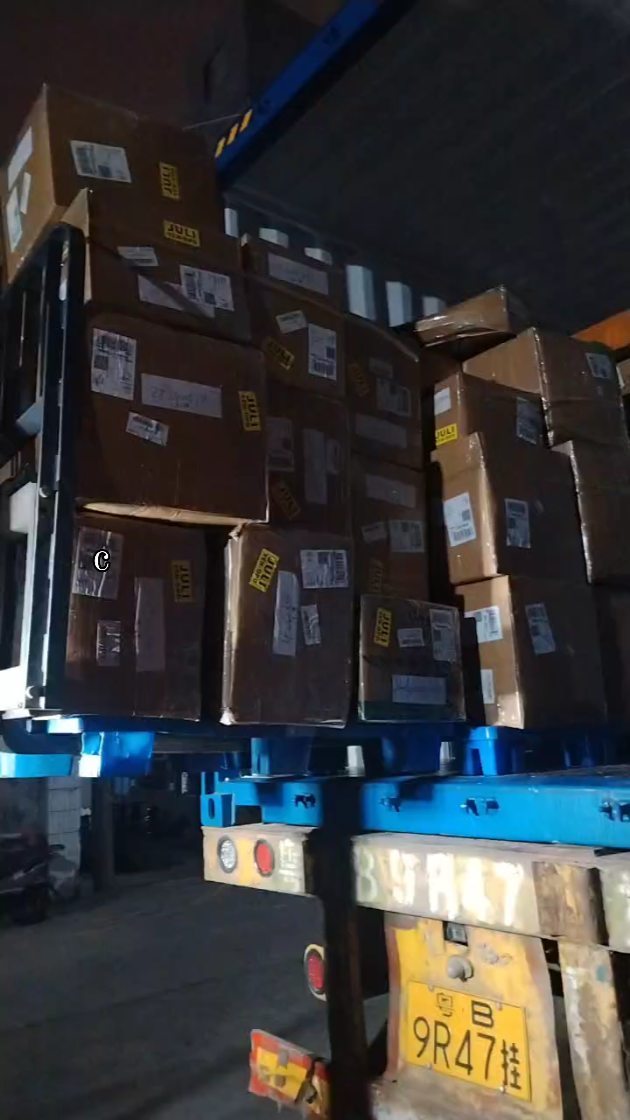
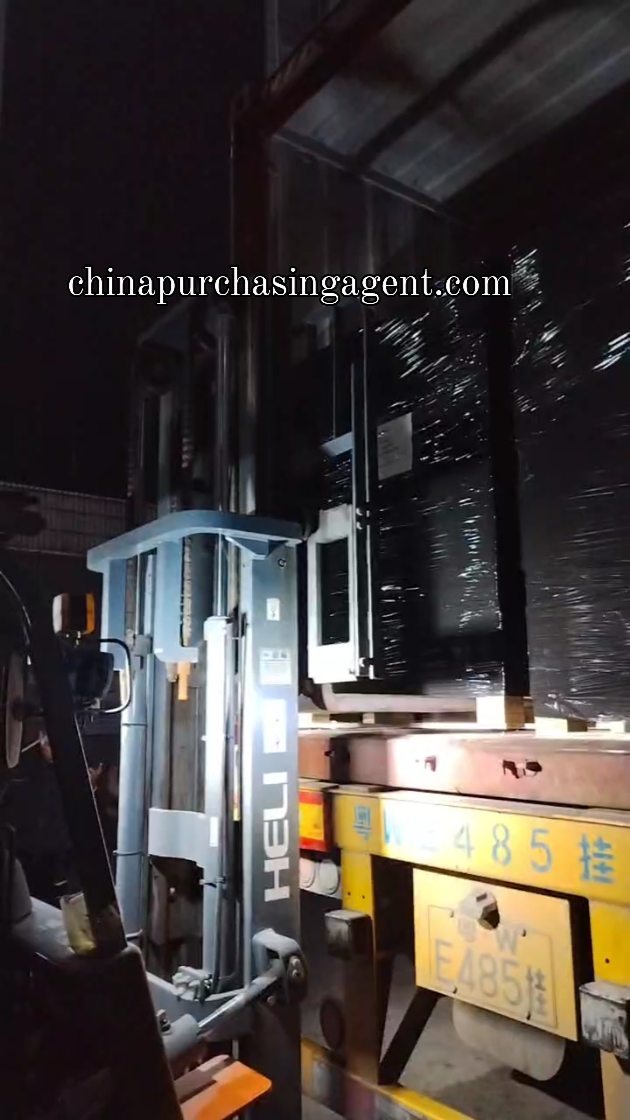
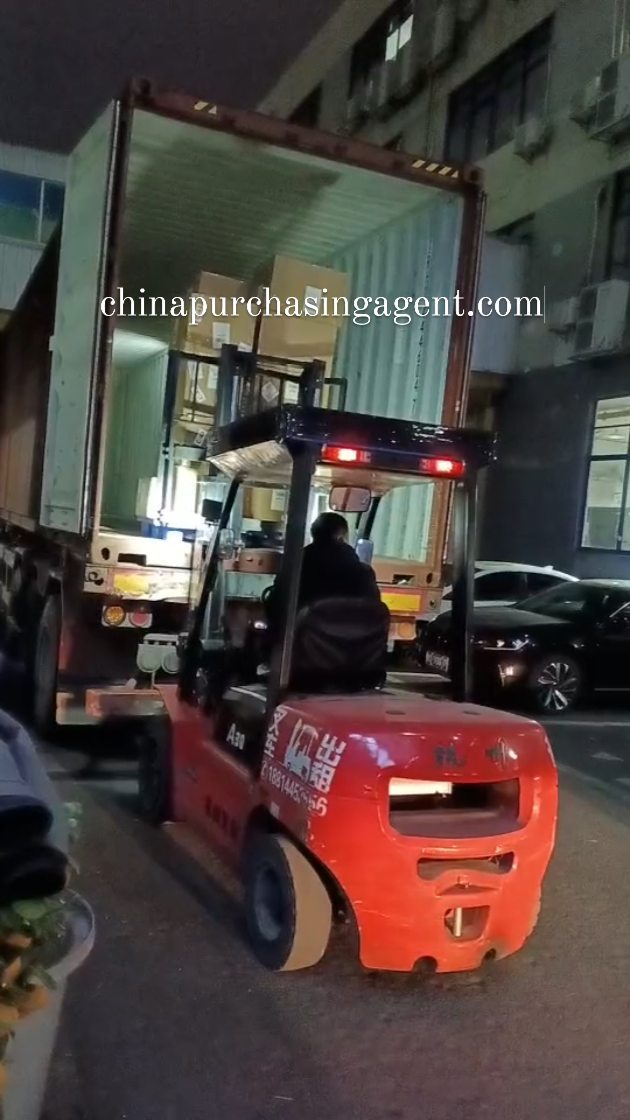


I want a price to import container homes in a 40ft HQ and a 40ft Open top from Tianjin (China) to be cleared through customs at Port of Detroit
Jim